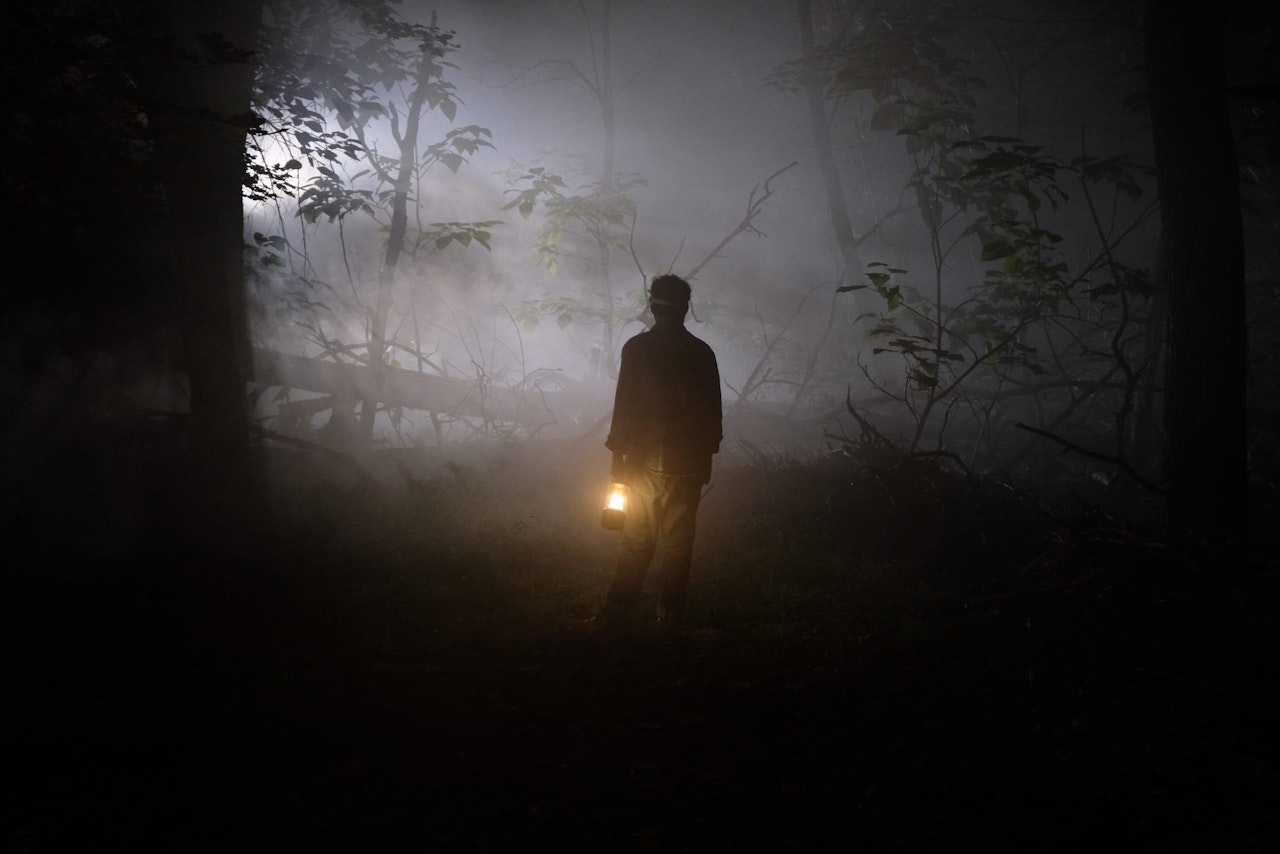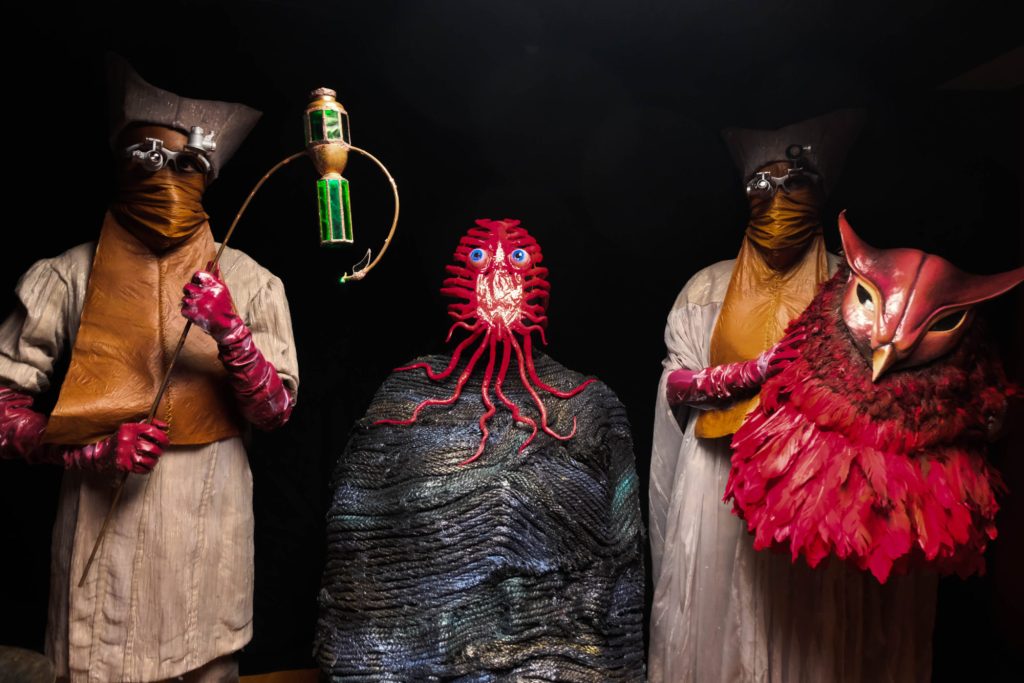A Wounded Fawn: Understanding The Delicate Journey To Recovery
When we encounter a wounded fawn in the wild, it often evokes a deep sense of empathy and responsibility. The sight of such a fragile creature in distress can stir emotions in even the most hardened hearts. A wounded fawn is not just an injured animal; it represents the vulnerability of wildlife and the importance of conservation efforts.
As human beings, our role in the ecosystem is multifaceted. While we are observers of nature, we also have a duty to protect and preserve its inhabitants. This article delves into the intricacies of caring for a wounded fawn, understanding its needs, and ensuring its safe return to the wild.
Through this exploration, we aim to provide insights into the challenges faced by wildlife rescue organizations, the biology of deer, and the ethical considerations surrounding human intervention in nature. Together, we can make a difference in the lives of these remarkable creatures.
Read also:Drill Sergeant Ermey The Man Behind The Motivation
Table of Contents
- Biological Overview of Fawns
- Your First Encounter with a Wounded Fawn
- Understanding the Basic Needs of a Fawn
- Common Injuries in Fawns
- The Rescue Process for a Wounded Fawn
- Rehabilitation: A Step-by-Step Guide
- Ethical Considerations in Wildlife Rescue
- Role of Rehabilitation Centers
- Reintroducing a Wounded Fawn to the Wild
- Conclusion
Biological Overview of Fawns
Fawns, the young offspring of deer, are born with unique characteristics that make them fascinating creatures to study. Their spotted coats serve as camouflage, helping them blend seamlessly into their natural surroundings. This adaptation is crucial for their survival in the wild, where predators are always lurking.
In this section, we will explore:
- Physical traits of fawns
- Behavioral patterns
- Growth milestones
Understanding these aspects is essential when dealing with a wounded fawn, as it provides valuable insights into their needs and vulnerabilities.
Physical Traits
Fawns are born with a reddish-brown coat covered in white spots, which fade as they mature. They weigh between 5 to 8 pounds at birth and grow rapidly during their first few months. Their large, expressive eyes and delicate legs make them appear even more vulnerable.
Your First Encounter with a Wounded Fawn
Discovering a wounded fawn in the wild can be both heart-wrenching and overwhelming. Knowing how to respond in such situations is critical to ensuring the animal's well-being and your safety.
Here are some key steps to follow:
Read also:Nanny Mcphee The Magical Nanny Who Changes Lives
- Assess the situation from a safe distance
- Contact local wildlife authorities or rescue organizations
- Avoid unnecessary handling unless absolutely necessary
Remember, your primary goal is to minimize stress for the fawn while ensuring it receives the care it needs.
Signs of Injury
Identifying signs of injury is crucial in determining the next steps. Look for:
- Visible wounds or bleeding
- Difficulty standing or moving
- Abnormal behavior, such as excessive lethargy
If any of these signs are present, immediate action is required.
Understanding the Basic Needs of a Fawn
Like any living creature, a fawn has specific needs that must be met to ensure its survival. These include:
- Nutrition
- Hydration
- Shelter
Each of these elements plays a vital role in the recovery process of a wounded fawn.
Nutrition
Fawns require a diet rich in nutrients to support their rapid growth. In the wild, they rely on their mother's milk for the first few months of life. If a fawn is orphaned or injured, providing an appropriate substitute becomes essential.
Common Injuries in Fawns
Fawns can suffer from a variety of injuries, ranging from minor cuts to more severe trauma. Understanding the types of injuries they may encounter is crucial for effective treatment.
Some common injuries include:
- Fractures
- Cuts and abrasions
- Internal injuries
Each injury requires a tailored approach to treatment, often involving veterinary expertise.
Fractures
Fractures are among the most common injuries in fawns, especially those living in areas with high human activity. Proper immobilization and veterinary care are essential for successful recovery.
The Rescue Process for a Wounded Fawn
Rescuing a wounded fawn involves several stages, each requiring careful attention to detail. From the initial assessment to transportation and treatment, every step is crucial to the animal's survival.
Key stages in the rescue process include:
- Assessment and stabilization
- Transportation to a rehabilitation center
- Initial treatment by a veterinarian
Working with trained professionals ensures the best possible outcome for the fawn.
Transportation
Transporting a wounded fawn requires special care to minimize stress and prevent further injury. Using a secure, padded container and maintaining a calm environment are essential practices.
Rehabilitation: A Step-by-Step Guide
Rehabilitating a wounded fawn is a complex process that involves multiple stages. From initial treatment to gradual reintroduction to the wild, each step must be carefully planned and executed.
The rehabilitation process typically includes:
- Medical treatment
- Nutritional support
- Physical therapy
Each of these components is tailored to the specific needs of the fawn, ensuring a comprehensive recovery plan.
Medical Treatment
Medical treatment for a wounded fawn may involve suturing wounds, setting fractures, or administering antibiotics. Regular monitoring by a veterinarian is essential to track progress and address any complications.
Ethical Considerations in Wildlife Rescue
Human intervention in wildlife rescue raises important ethical questions. While our intentions may be noble, it is crucial to weigh the potential benefits against the risks of disrupting natural processes.
Key ethical considerations include:
- Minimizing human imprinting
- Ensuring the fawn's ability to survive independently
- Respecting the animal's natural instincts
Striking a balance between compassion and conservation is essential for successful outcomes.
Role of Rehabilitation Centers
Wildlife rehabilitation centers play a vital role in caring for wounded fawns and other injured animals. These facilities provide the expertise, resources, and environment necessary for effective recovery.
Some of the services offered by rehabilitation centers include:
- Veterinary care
- Nutritional support
- Behavioral enrichment
Supporting these organizations through donations or volunteering can make a significant impact on their ability to help wildlife.
Behavioral Enrichment
Behavioral enrichment is an essential component of rehabilitation, helping fawns maintain their natural instincts and behaviors. Activities such as foraging and social interaction are encouraged to prepare them for life in the wild.
Reintroducing a Wounded Fawn to the Wild
Reintroducing a rehabilitated fawn to the wild is the ultimate goal of the rescue and rehabilitation process. This step requires careful planning and execution to ensure the animal's safety and well-being.
Key factors to consider during reintroduction include:
- Choosing an appropriate release site
- Monitoring the fawn's progress
- Providing ongoing support if necessary
Success stories of reintroduced fawns highlight the importance of dedicated conservation efforts.
Choosing a Release Site
Selecting the right release site is crucial for the fawn's survival. Factors such as habitat suitability, predator presence, and availability of food sources must be carefully evaluated.
Conclusion
Caring for a wounded fawn is a complex yet rewarding endeavor that requires knowledge, compassion, and dedication. By understanding the biological needs of fawns, recognizing common injuries, and following proper rescue and rehabilitation procedures, we can make a significant difference in their lives.
We invite you to take action by:
- Sharing this article with others to raise awareness
- Supporting wildlife rehabilitation centers through donations or volunteering
- Reporting injured wildlife to local authorities
Together, we can ensure a brighter future for these incredible creatures and the ecosystems they inhabit.
For further reading, we recommend exploring resources from reputable organizations such as the World Wildlife Fund and the International Fund for Animal Welfare.
Stephen Kramer Glickman: The Story Of A Versatile Musician And Songwriter
Lawrence Hilton Jacobs: A Comprehensive Look Into The Life And Legacy Of A Visionary
Apne TV Co: A Comprehensive Guide To Streaming Entertainment


